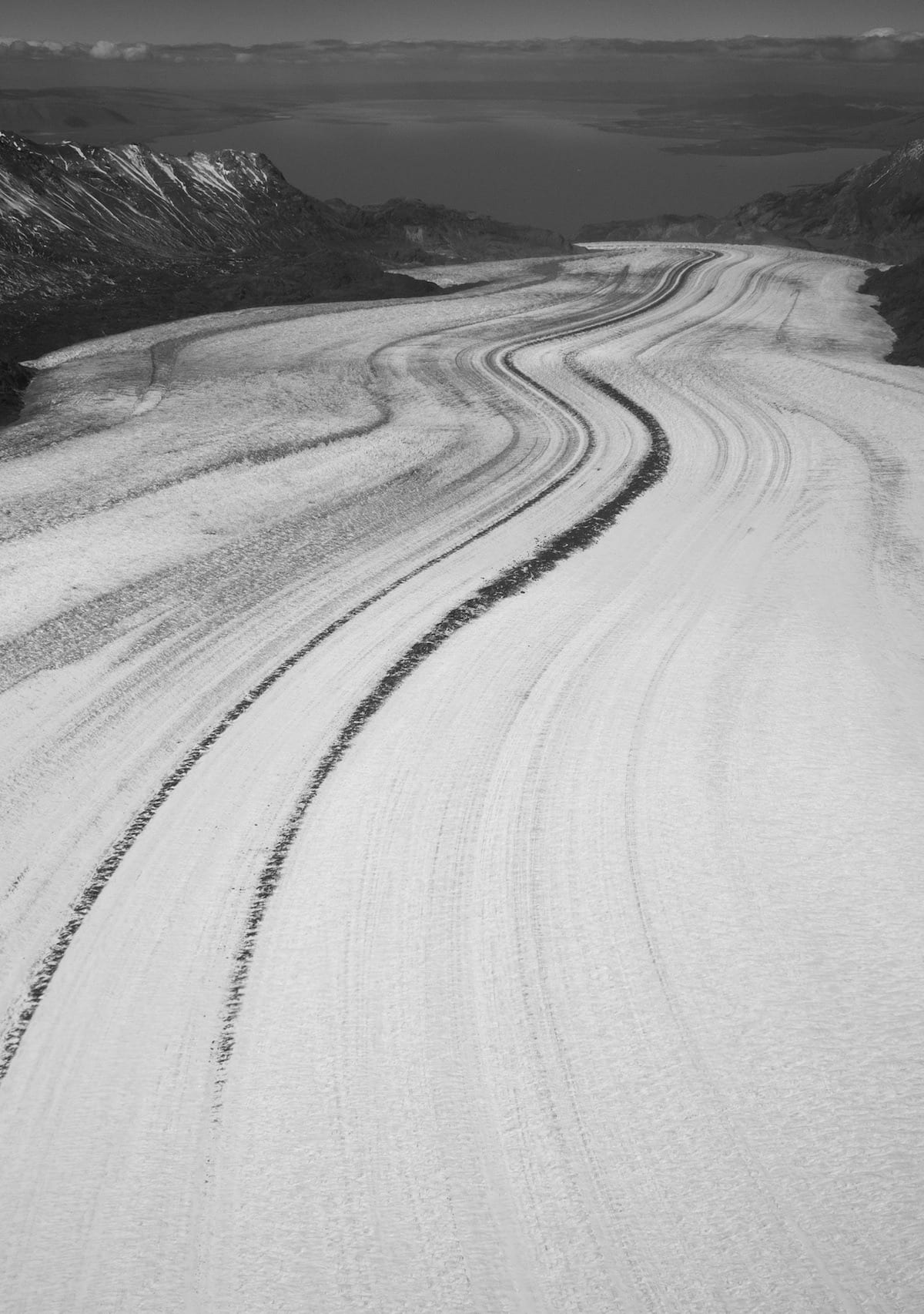Global glacier melt raises sea levels and depletes once-reliable water source
UCI/NASA JPL scientists use satellite gravity measurements to monitor ice changes

Irvine, Calif., June 1, 2020 – The melting of glaciers and ice caps in places as diverse as the Himalayas and Andes mountain ranges, the Svalbard island group and the Canadian Arctic Archipelago has the dual effect of raising global sea levels and depleting freshwater resources that serve millions of people around the world.
In a study published recently in the American Geophysical Union journal Geophysical Research Letters, glaciologists at the University of California, Irvine and NASA’s Jet Propulsion Laboratory record an average loss of more than 280 billion metric tons of mass per year from these diminishingly icy regions between 2002 and 2019, resulting in a 13-millimeter rise in global sea levels.
“In the Andes Mountains in South America and in high-mountain Asia, glacier melt is a major source of drinking water and irrigation for several hundred million people,” said co-author Isabella Velicogna, UCI professor of Earth system science and senior scientist at NASA’s Jet Propulsion Laboratory.
“Our research revealed that these freshwater resources in glaciers and ice caps are globally dwindling down, faster every year,” she said. “And this will increase the risk of water scarcity and water conflicts in many parts of the world.”
The scientists accounted for the decline using the Gravity Recovery and Climate Experiment satellite mission and its successor, GRACE Follow-On, a joint project of NASA and the German Aerospace Center.
By “weighing the Earth,” as Velicogna put it, the GRACE missions have given scientists a powerful tool with which to monitor and measure the planet’s water reserves, including all land ice and groundwater.
Since there was a several-month gap between the satellite missions, Velicogna’s team has had to rely on other modeling tools for reconciliation purposes. For this project, they used glacier surface mass balance data (a comparison of melting/runoff to snow accumulation) from the Modern-Era Retrospective Analysis for Research and Applications, Version 2, from NASA’s Global Modeling and Assimilation Office.
Lead author Enrico Ciraci, a UCI graduate student researcher in Earth system science, said that the MERRA-2 data lined up amazingly well with the GRACE/GRACE-FO data.
Of all the regions studied by the researchers, Alaska lost the most ice, followed by Canada’s ice caps, the southern Andes Mountains, high-mountain Asia (the Himalayas), the Russian Arctic, Iceland and Svalbard. These areas made up 94 percent of the total mass loss. The other six percent was distributed in smaller regions of Central Europe, the Caucasus, Central America, North Asia, Scandinavia and the low latitudes.
The project accounted for not only the total loss of ice mass but also the acceleration of the decline over the past few decades to the present day. For example, in 2002 the rate of loss was 240 billion metric tons, while in 2019 it was 324 billion metric tons.
Velicogna said the paper holds an important message for people around the world.
“The GRACE and GRACE-FO missions provide a unique way to survey the freshwater resources locked in remote areas, across political boundaries, with precision data,” she said. “The results are bad, bad news for global freshwater from glaciers.”
Velicogna noted that it’s important for scientists such as herself to continually define consistent methodologies to monitor glacier melt, not just to keep track of potential sea level rise but for the management of freshwater resources by local governments.
This project, which also involved experts from the National Center for Atmospheric Research in Boulder, Colorado, was funded by NASA.
About the University of California, Irvine: Founded in 1965, UCI is the youngest member of the prestigious Association of American Universities. The campus has produced three Nobel laureates and is known for its academic achievement, premier research, innovation and anteater mascot. Led by Chancellor Howard Gillman, UCI has more than 36,000 students and offers 222 degree programs. It’s located in one of the world’s safest and most economically vibrant communities and is Orange County’s second-largest employer, contributing $5 billion annually to the local economy. For more on UCI, visit www.uci.edu.
Media access: Radio programs/stations may, for a fee, use an on-campus ISDN line to interview UCI faculty and experts, subject to availability and university approval. For more UCI news, visit wp.communications.uci.edu. Additional resources for journalists may be found at communications.uci.edu/for-journalists.